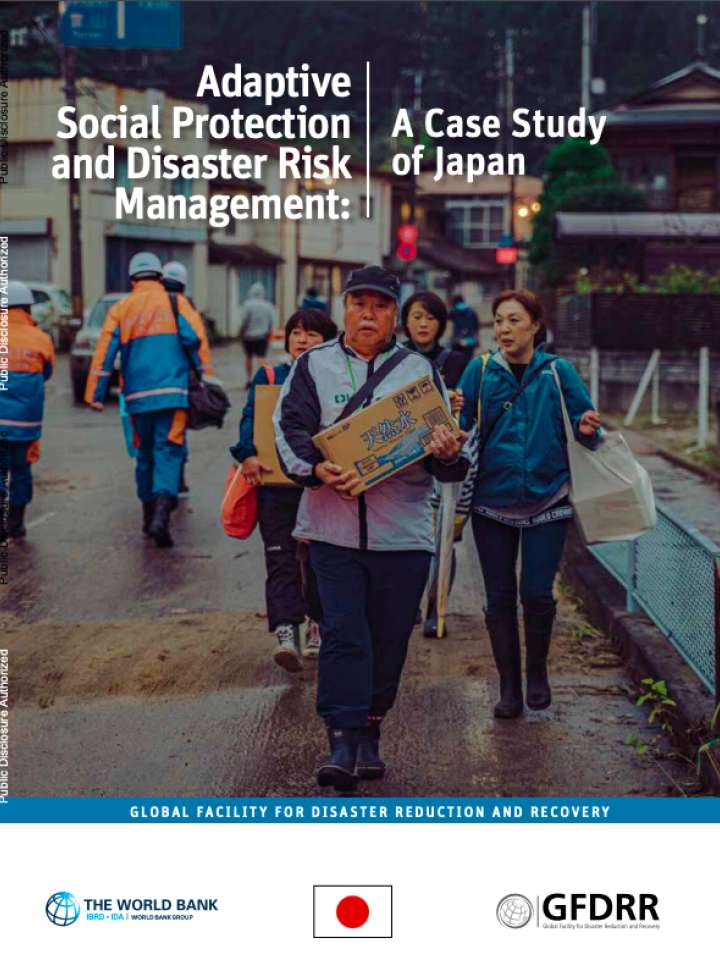Adaptive social protection and disaster risk management: A case study of Japan (english)
Japan has long suffered from intermittent but devastating natural disasters. Over the years, the country has developed a comprehensive disaster risk management (DRM) system to ensure that disaster response and recovery are as effective and efficient as possible. Japan has also created an elaborate system to provide social and economic assistance to disaster victims, including the most vulnerable.
Key Lessons Learned for ASP and DRM Systems in Developing Countries
- Preparedness: Strengthen the ASP system with a comprehensive DRM framework and enhance the capacity of institutions prior to a disaster.
- Flexibility: Prepare for ad-hoc adaptation (design tweak and new design) of the system responding to the unique needs of each disaster.
- Effective and efficient outreach: Provide multiple options for ASP programs, clarify criteria for eligibility, and identify needs through citizen interfaces.
- Leadership and collaboration: Ensure strong government leadership, develop well-designed collaboration mechanisms, and optimize collaboration networks.
- Continuous learning and improvement: Forge a culture of learning through experience and make continuous improvements in policies, mechanisms, interventions, and technologies.
Explore further
